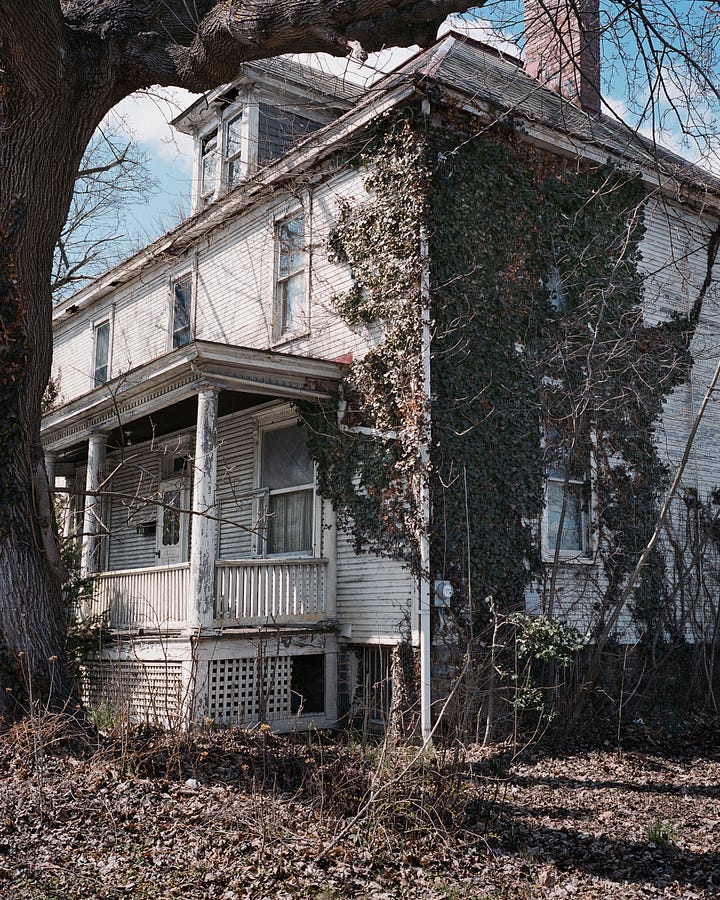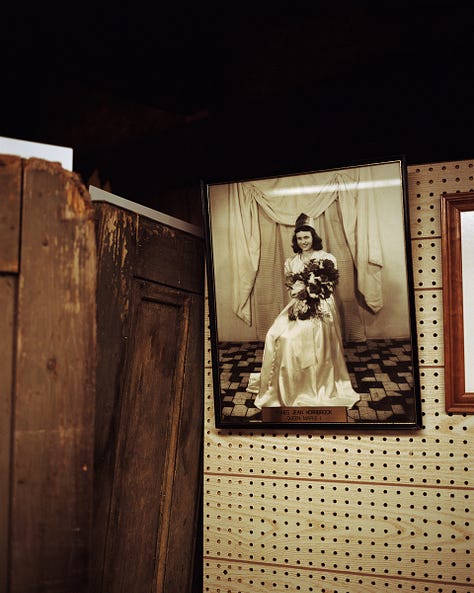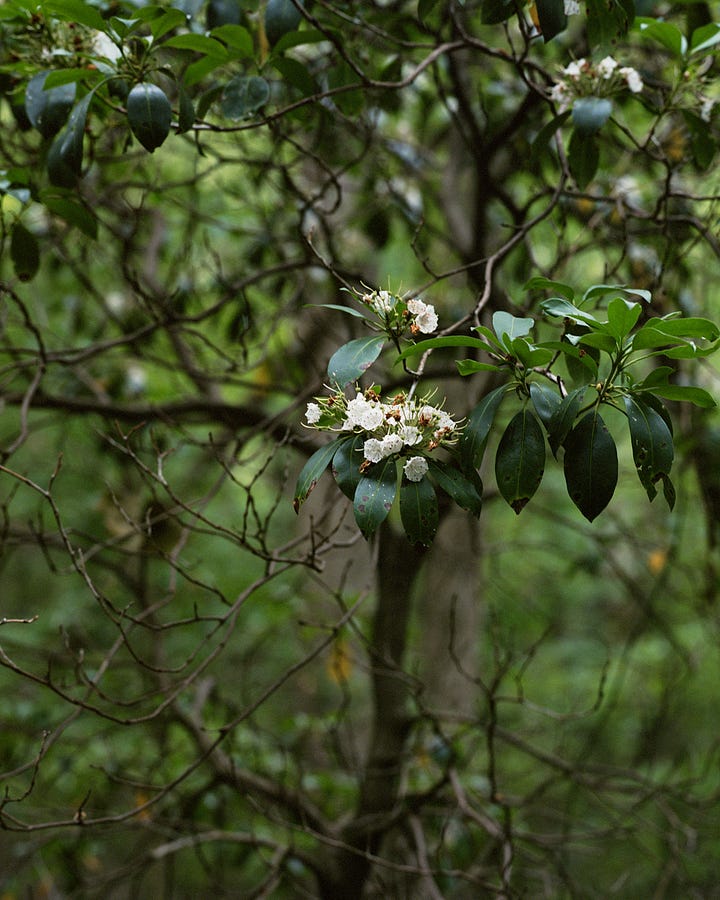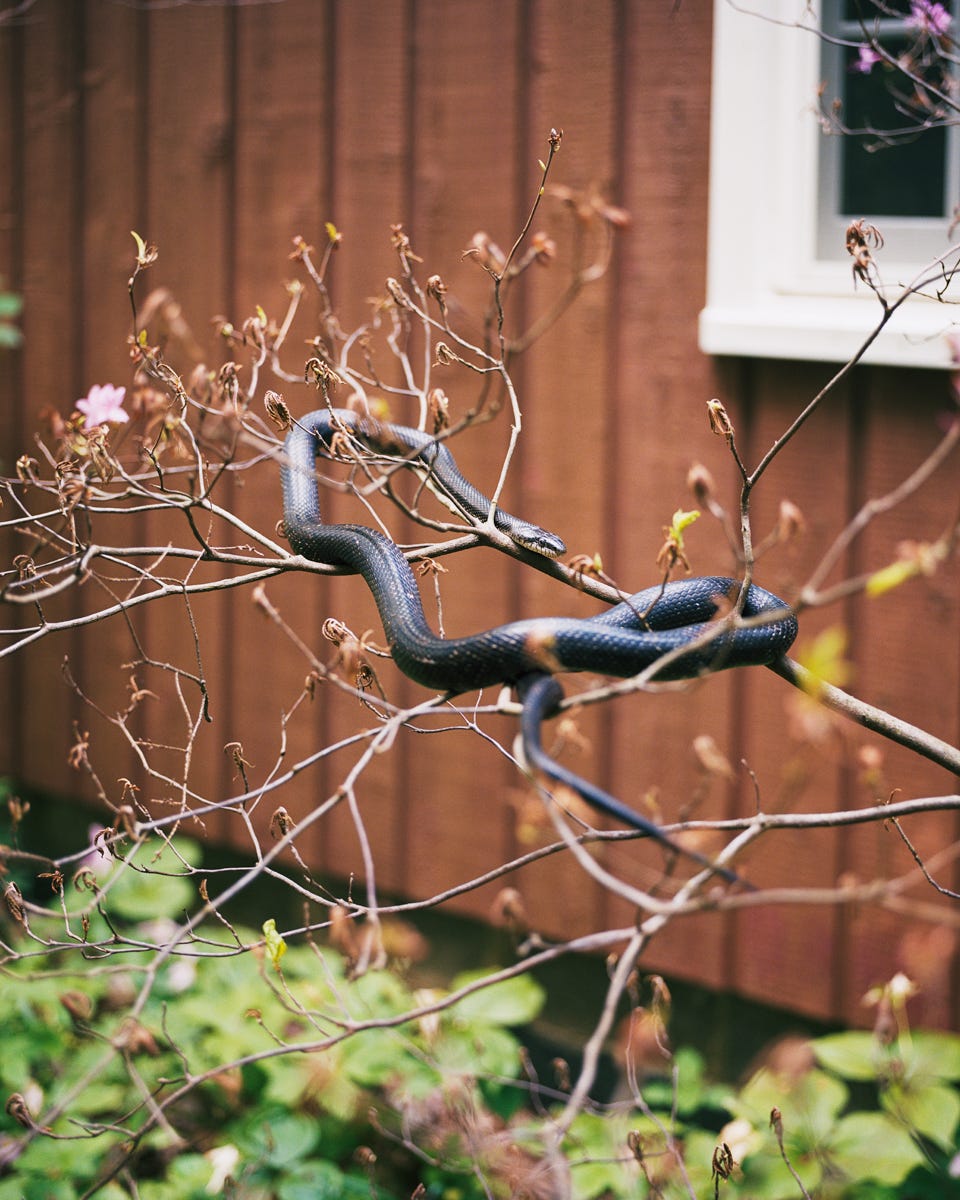Of Body and Blood
To live all your life in the same place is to live in a rupture in time. Years slip by without notice, yet hours can feel like seasons.

I.
East of Pittsburgh summer nights are clear above the Monongahela and Youghiogheny rivers. It is a major temptation to slip into the water and disappear. Not as a way to leave the world but to delve deeper—to float in silver-black waters lit by moonlight and let your mind drift. In winter the sky above the rivers opens to the universe. Jupiter and Saturn are visible first. Neptune reveals itself later. It’s a reminder that bodies have long played a part in these valleys. Bodies of water offering passage. Celestial bodies guiding ambitious men westward. Bodies of the Indigenous people who first settled the land. Bodies of the laborers who transformed these hills and hollows into the Silicon Valley of the Industrial Age. Bodies of the dead and bodies of the living. Bodies of those yet to be born.
II.
To live all your life in the same place is to live in a rupture in time. Years slip by without notice, yet hours can feel like seasons. There is no past or present. No future. Only home; only here. So often my image of home appears as a crystallized rendering mapped from memory. Other times that image flickers, like light bulbs during a windstorm, the delicate filaments burning bright before blacking out. Other times, still, home is a fiction drafted in dust and debris, as unreal as kindness in the hearts of corrupt men.




III.
In the lush river valleys and sun-starved hollows of Western Pennsylvania, where train whistles ring like lullabies in the black night and the smell of sulfur hangs heavy in the air, an underlying darkness touches everything for as far as you can see. Every railroad trestle wreathed in rust and every swimming hole lost in shadow. Every alleyway swallowed in knotweed and every brownfield poisoned by industry. Every liquor store with a line out front before opening and every school with an empty playground.
Each landscape is an epitaph.
Each landscape is a wish with fingers crossed.
Each landscape is a prayer unsaid.
Each landscape is both a promise and a warning: Everything changes.
The darkness in these valleys is not new. Not in the Youghiogheny or along the Monongahela; not in the Allegheny or down through the Ohio. Nor is such darkness relegated to places deemed downhearted, river towns like Clairton and Glassport, Barking and New Kensington, Sutersville and Smithton. It is a darkness that also permeates the lives of the rich and the middle class. It is a darkness as familiar as the blood of the body, as distinctive as a split lip and the taste of copper on your tongue. It is a darkness manifested in the histories of violence, erasure, and dispossession that have troubled these valleys for as long as humans have called them home. First the Monongahela, Shawnee, Seneca, Delaware, Erie—people native to these valleys and hills for centuries—befriended by Europeans and later relegated to obscurity in their own country. Later the French and the British—empire builders in search of more space to conquer and consume. By the turn of the century, immigrants from Czechoslovakia, Poland, Italy, Germany, Ireland, Scotland, and Croatia flocked to these valleys to labor in mills, transforming iron ore into steel.
Today these valleys reveal other stories altogether. Stories of before the collapse and after. Daydreams turned real before later turning to dust. Stories of personal identity so tethered to labor that it leaves the body empty when the work is gone, turning hearts into husks. Darkness doesn’t disappear—it only recedes until daylight again gives way to night.





IV.
Not everything in this place is untethered or depressed. Redemption exists. So too does beauty and awe. It surfaces in unlikely places. In dense forests, where tree canopies offer shade and protection, thin spears of light reveal the world above and below. Blue skies scribbled with contrails are visible beyond the leaves. At the edge of mountains, stunning vistas illustrate the curve of time.
V.
As a boy, I wondered if every place felt as oppressive as where you are born. I wondered if home—the place you are bound by body and blood—was even significant. Or was it a place I would leave behind if given the chance. I wondered if every boy carried the weight of his surroundings like a burden. Did the same charcoal-colored skies or rain-soaked streets leave them feeling hopeless, like the bottom had dropped out? Did it leave them isolated and lost?




VI.
To feel homesick is to recognize love, to acknowledge a distance between where you are and what you know. The ache in your stomach a symptom of withdrawal. To know a place so well that it makes you less whole when you are away can feel like a trap. Calling somewhere home carries a weight we sometimes forget, a familiarity both euphoric and disorienting, both sickness and cure. Each landscape becomes an autobiography of the people who first trespassed— markers and messages and lives left behind.
VII.
Every landscape in these valleys shares a certain vocabulary—a language of repetition spoken in fragmented scenes. Winter-dead trees move like phantoms in the cold air. Telephone wires thread like sutures through clear-cut patches of forest. Sandblasted graffiti hints at messages unread. A dead bird in the hand of a young boy acts as a warning.
The valley is a machine.
The valley is a mirror.
The valley is death.
The valley is light.
VIII.
Some call it lambkill. Others know it as calico-bush or spoonwood. Most people, however, refer to it as mountain laurel. In late spring its pink and white blooms appear as if conjured by magic. They grow in thickets that block out sunlight or manifest as small bushes or reach skyward as tall as trees. To ingest the leaves or flowers is often deadly; its twigs and pollen are toxic too. Humans who eat the plant have been known to slip into a coma or experience convulsions, paralysis, or cardiac arrest. Animals don’t fare much better, with death brought on via internal hemorrhage. In contrast, the plant boasts healing properties too. The Cherokee use leaves from mountain laurel as a painkiller; if crushed it can act as a liniment or salve to treat lacerations.
Credits
This essay first appeared in the book Laurel Mountain Laurel (Deadbeat Club, 2021), photographer Jake Reinhart’s love letter to the people and places of the Youghiogheny River Valley. Previously only available in print, this essay includes a special sequencing of the Laurel Mountain Laurel images exclusive to Homesick subscribers. The essay “Of Body and Blood” is © Matthew Newton, all photographs © Jake Reinhart.












